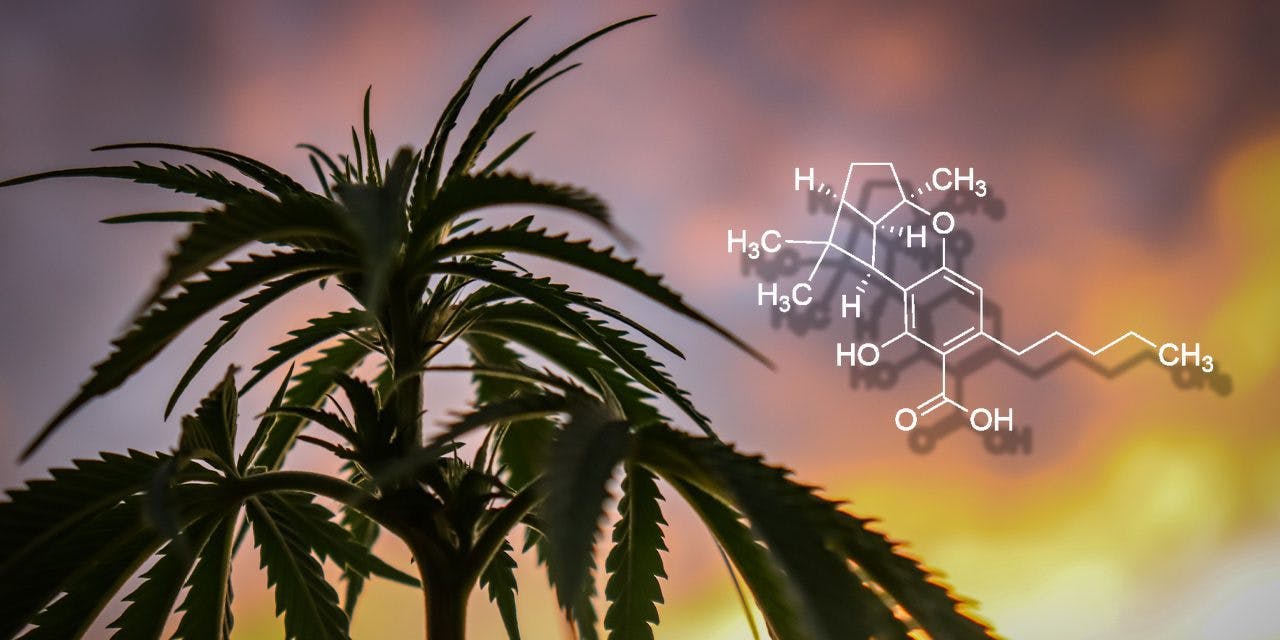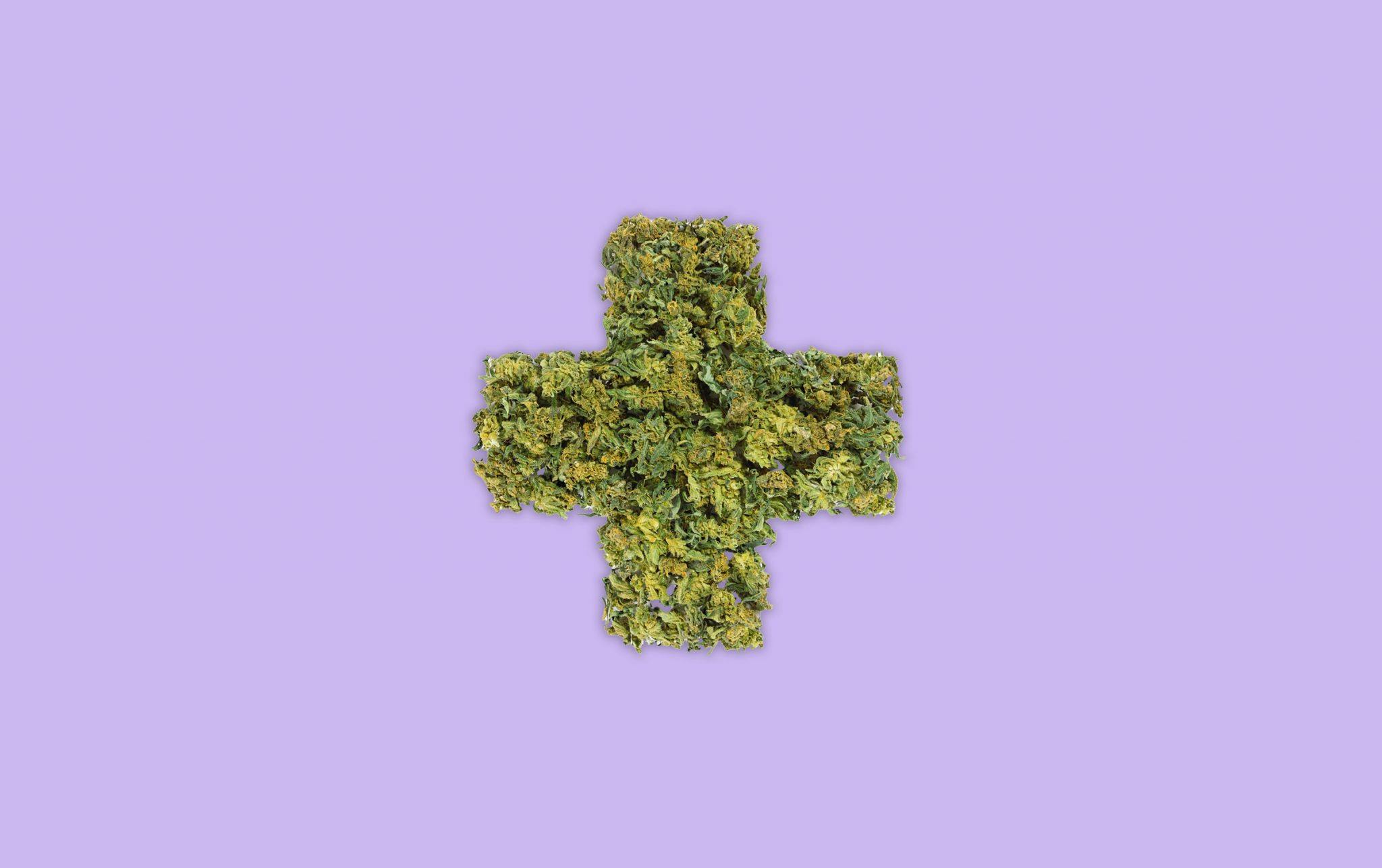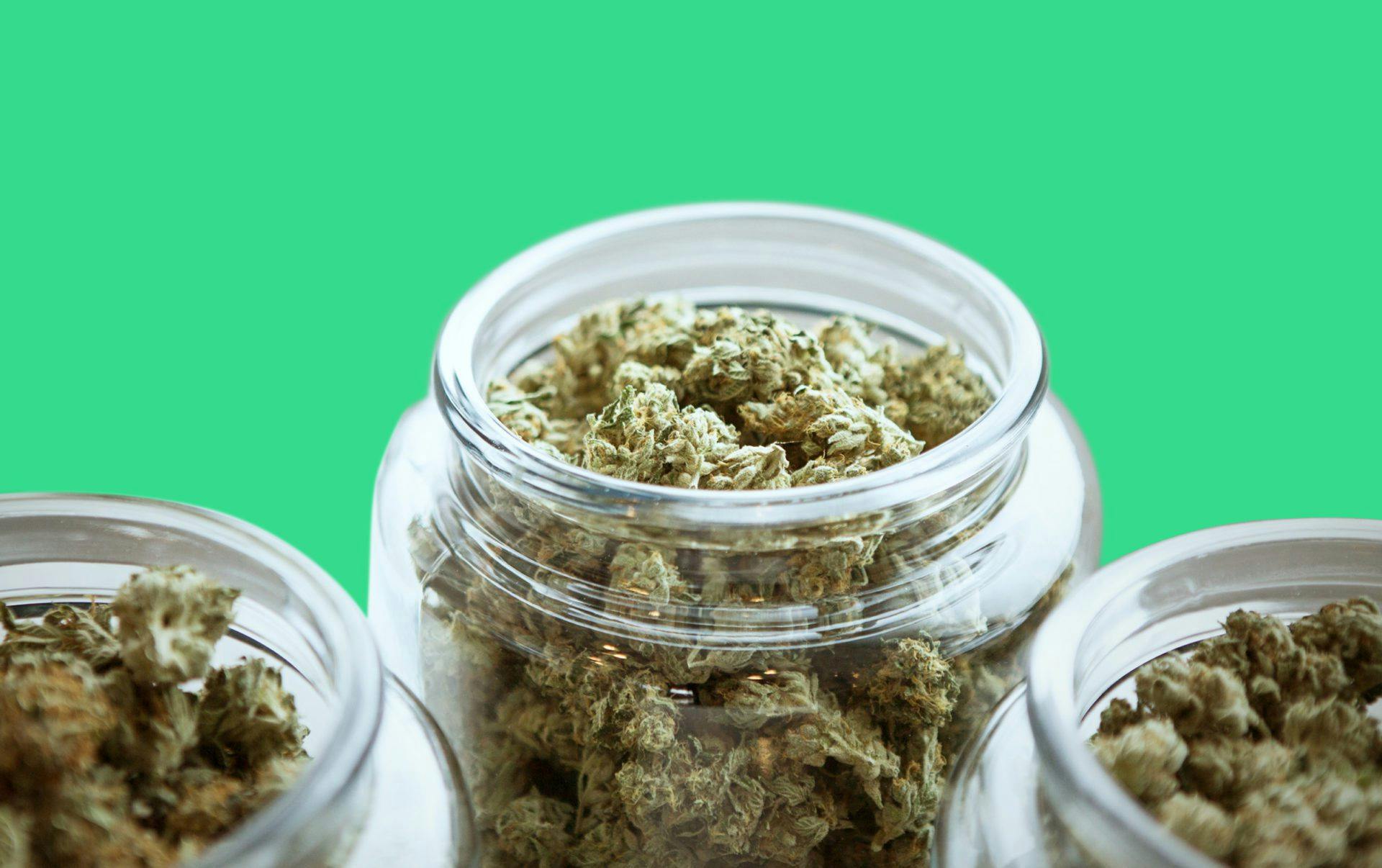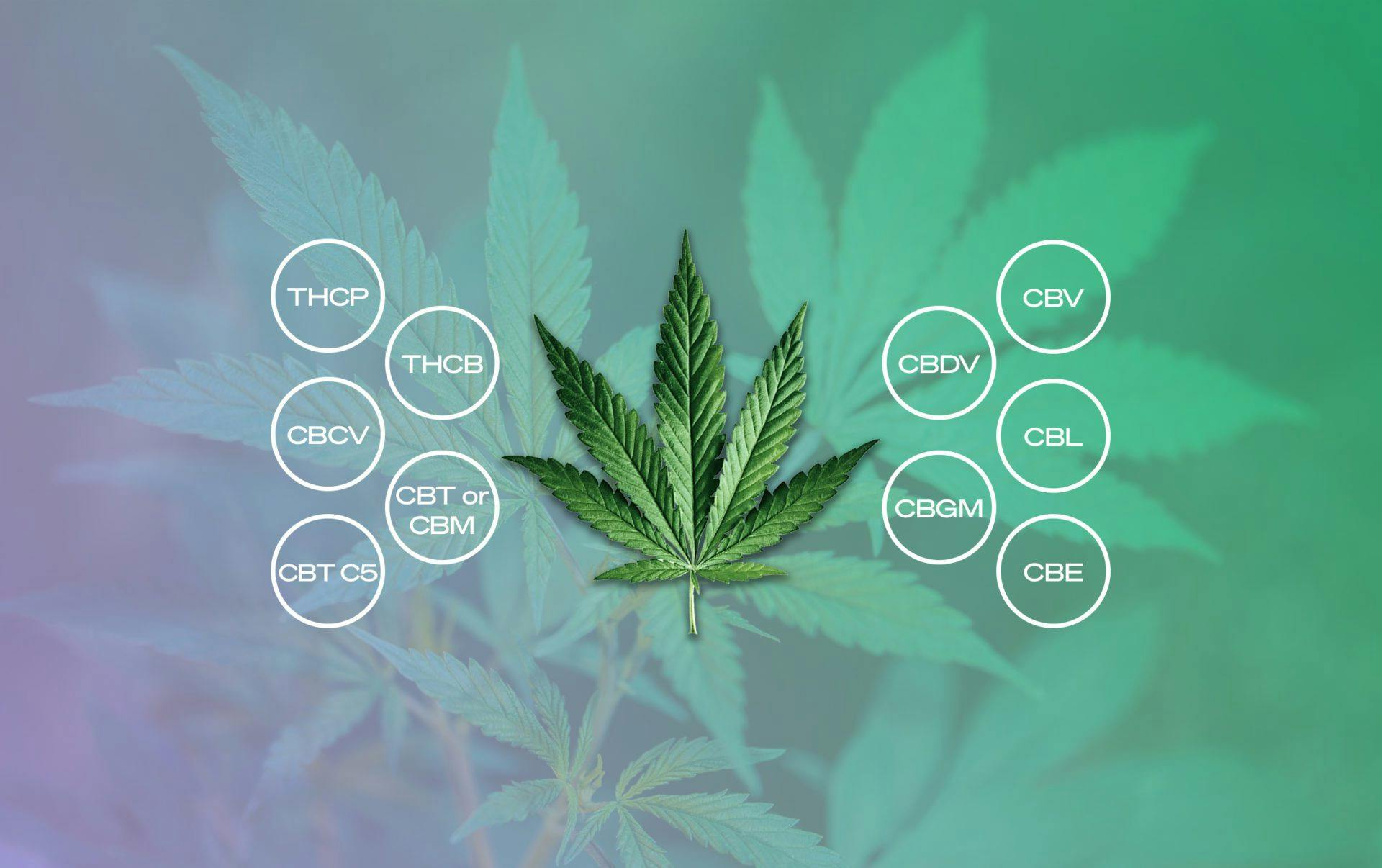What Is Cannabicyclolic Acid?

Article written by

Dipak HemrajHead of Research and Education
Content reviewed by

Dr. Lewis JasseyMedical Director - Pediatric Medicine
Cannabicyclolic acid (CBLA) is the acidic precursor to the cannabinoid cannabicyclol (CBL).
CBLA is a degradative byproduct of the acidic phytocannabinoid cannabichromenic acid (CBCA). When CBLA releases carbon dioxide (CO2), it becomes CBL. CBLA is a minor cannabinoid found in low concentrations in the cannabis plant, just as CBCA and cannabichromene (CBC) are.
There is little research into the effects and potential therapeutic uses of CBLA and CBL. There is some suggestion that, due to its structural similarity to CBCA and cannabinol (CBN), CBLA may have anti-inflammatory, antimicrobial, and antitumoral effects. Still, more research is needed to confirm these attributes. CBLA is not considered intoxicating and is often deemed non-psychoactive or non-psychotropic as it does not interact with cannabinoid receptors.
Get Your Medical Card
Connect with a licensed physician online in minutes.
What Is Cannabicyclolic Acid (CBLA)?
CBLA is a rare, non-intoxicating compound found in cannabis. It is not produced by cannabis directly. CBCA degrades and is converted into CBLA after exposure to ultraviolet (UV) light or heat. CBLA’s molecular formula is C22H30O4. CBLA is an acidic cannabinoid, like tetrahydrocannabinolic acid (THCA) and cannabidiolic acid (CBDA). CBLA is the acidic precursor to CBL, which is formed after decarboxylation (release of CO2) of CBLA.
Potential Uses and Benefits
There is little research into the pharmacological effects of CBLA and CBL, and this makes it challenging to create an overall assessment of the two cannabinoids’ therapeutic potential. Moreover, it is a relatively rare cannabinoid in cannabis, occurring only in small concentrations, and this can make determining an effect, if any, very difficult.
Neither CBLA nor CBL affinity for cannabinoid receptors 1 or 2 (CB1 or CB2) does not directly interact with the endocannabinoid system (ECS). However, CBLA may combine with other cannabinoids, terpenes, and flavonoids to prompt an entourage effect. More research is needed into this mysterious cannabinoid.
Although we have little research to suggest any definitive therapeutic effects, CBLA’s structural similarity to CBCA and cannabinol (CBN) may have anti-inflammatory, antimicrobial, and antioxidant benefits.
Potential Risks and Side Effects
There is little research into the effects of CBLA, including any risks or adverse effects. The decarboxylated form of CBLA, CBL, was found to cause convulsions in rabbits at a dose of 8 mg/kg, but this was a small study, and there is no evidence that this might occur in humans. Cannabinoids have anticonvulsant properties in humans.
Strains with Cannabicyclolic Acid
CBLA is a rare, minor cannabinoid found in low concentrations in cannabis. It is also a byproduct of CBCA degradation, so it would be worth looking at cannabis strains (cultivars) higher in CBCA/CBC. These include:
- Blue Cherry Soda
- Blue Cadillac
- Bubba Cookies
- Maui Dream
- Purple Candy
Get Your Medical Card
Connect with a licensed physician online in minutes.
Frequently Asked Questions
What does cannabicyclolic acid do?
Cannabinoids in the cannabis plant tend to play a protective role. CBLA in cannabis and hemp may help protect the plant from harmful UV rays and diseases. It is not known what the cannabinoid does to humans.
What are the effects of cannabicyclolic acid?
There is little research into the pharmacology and pharmacokinetics (drug absorption, distribution, metabolism, and excretion) of CBLA, so we do not know precisely what effect it has. CBLA does not have an affinity for cannabinoid receptors and is thought non-psychoactive and non-intoxicating. Like many other cannabinoids, CBLA may have anti-inflammatory, antimicrobial, and antioxidative properties.



